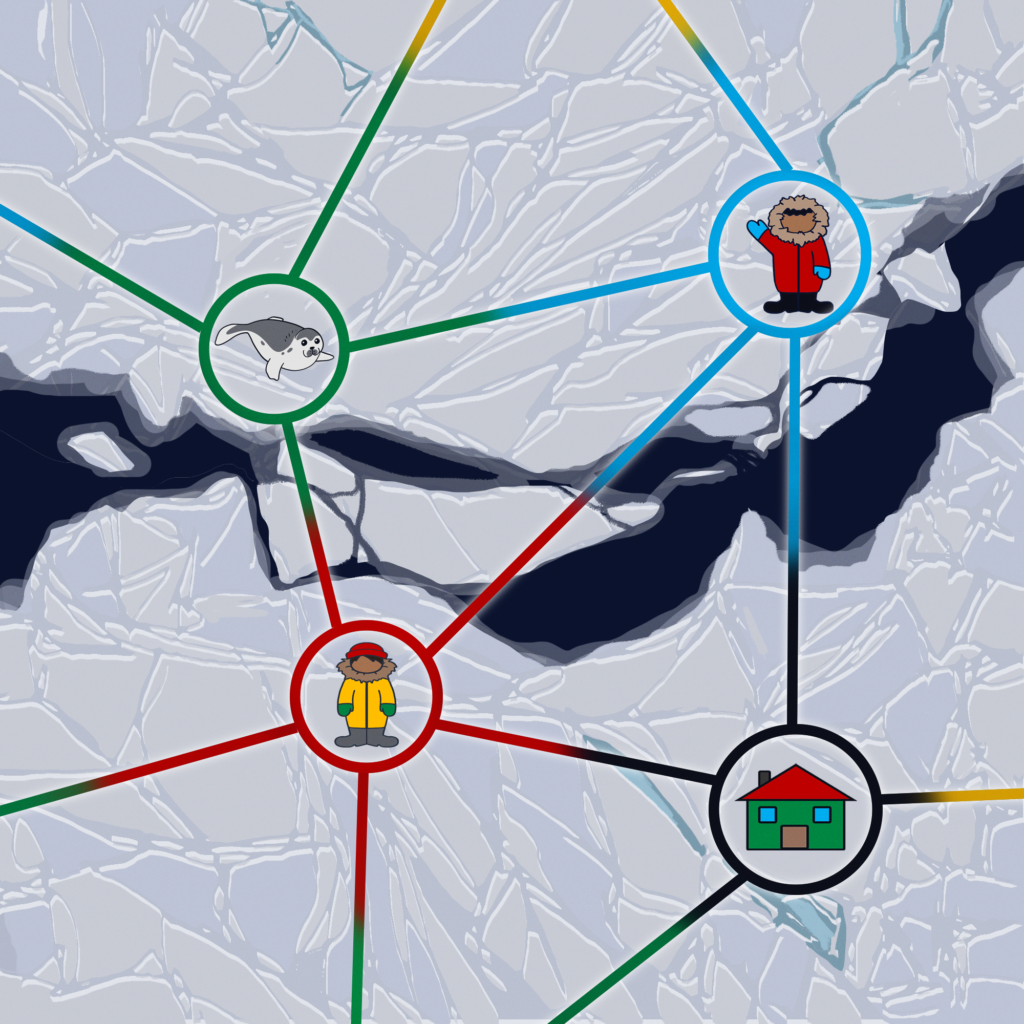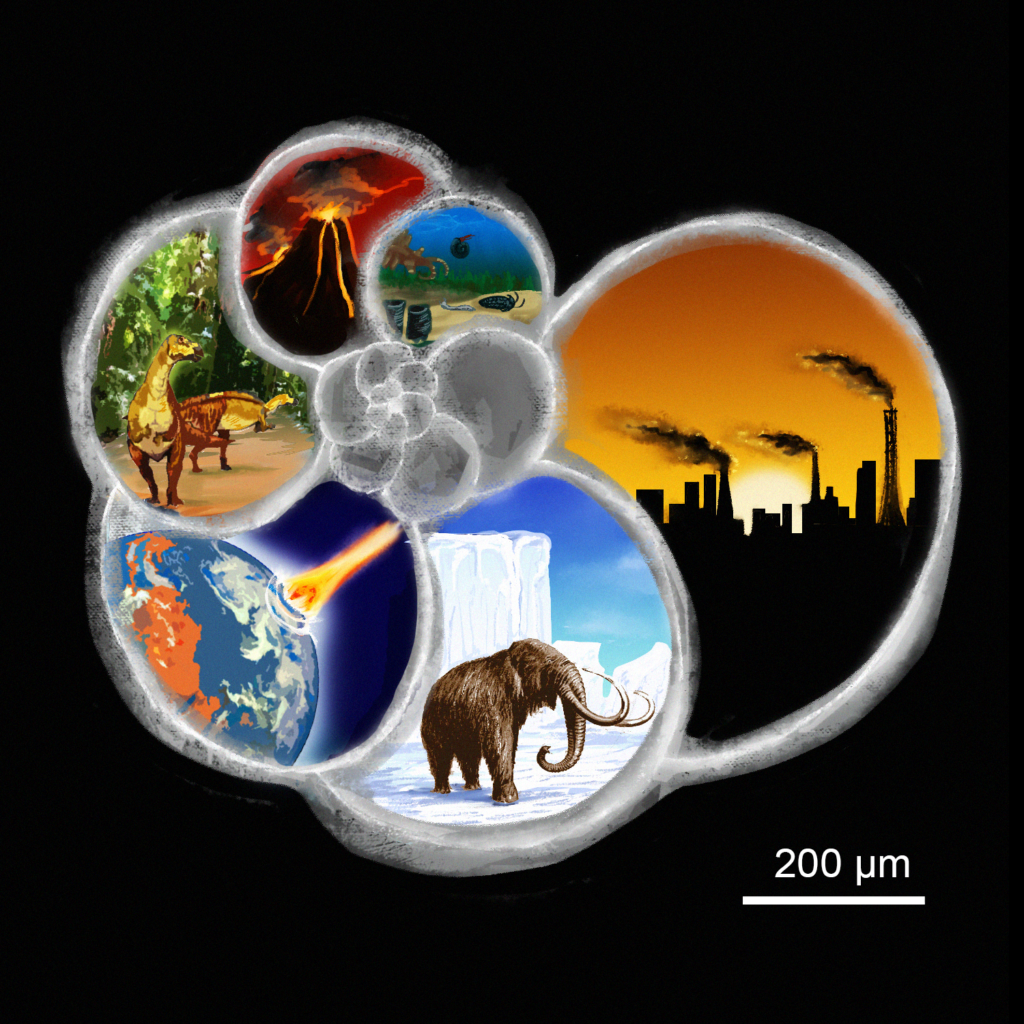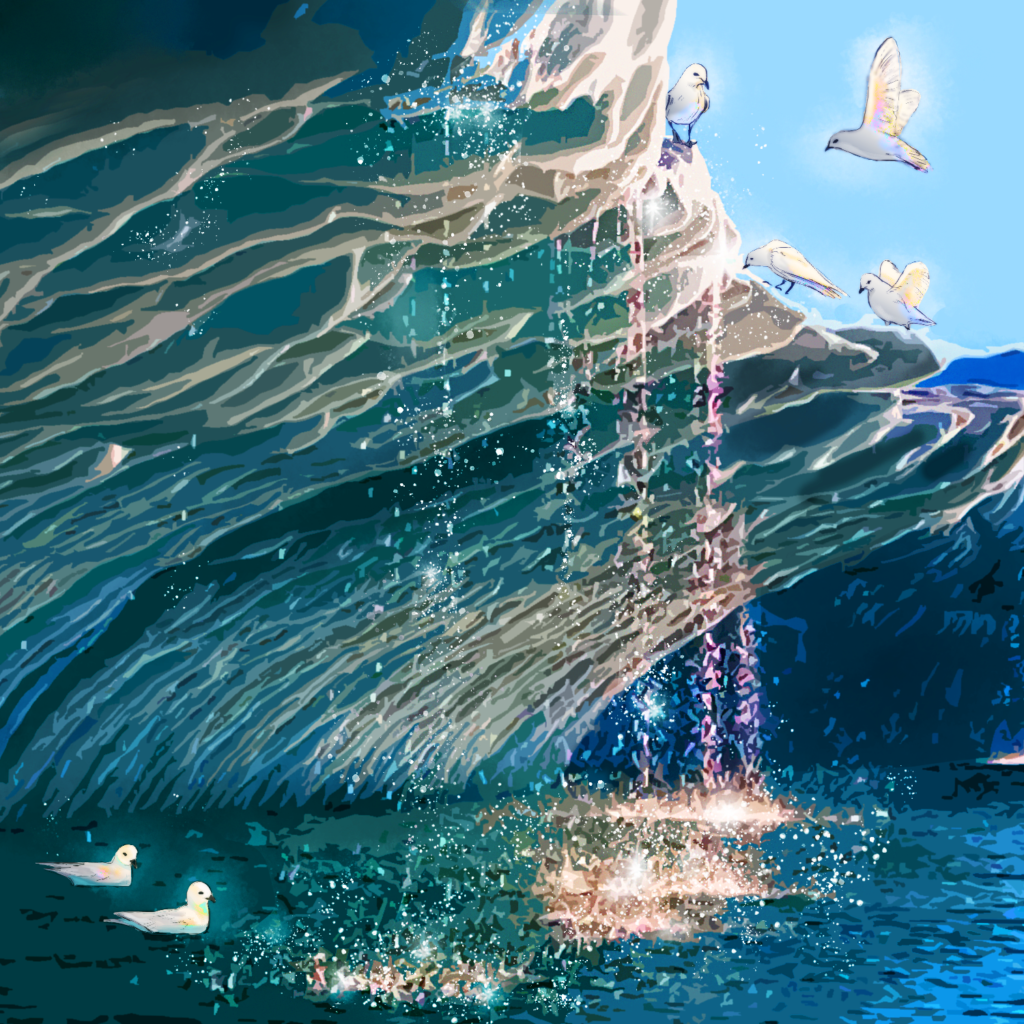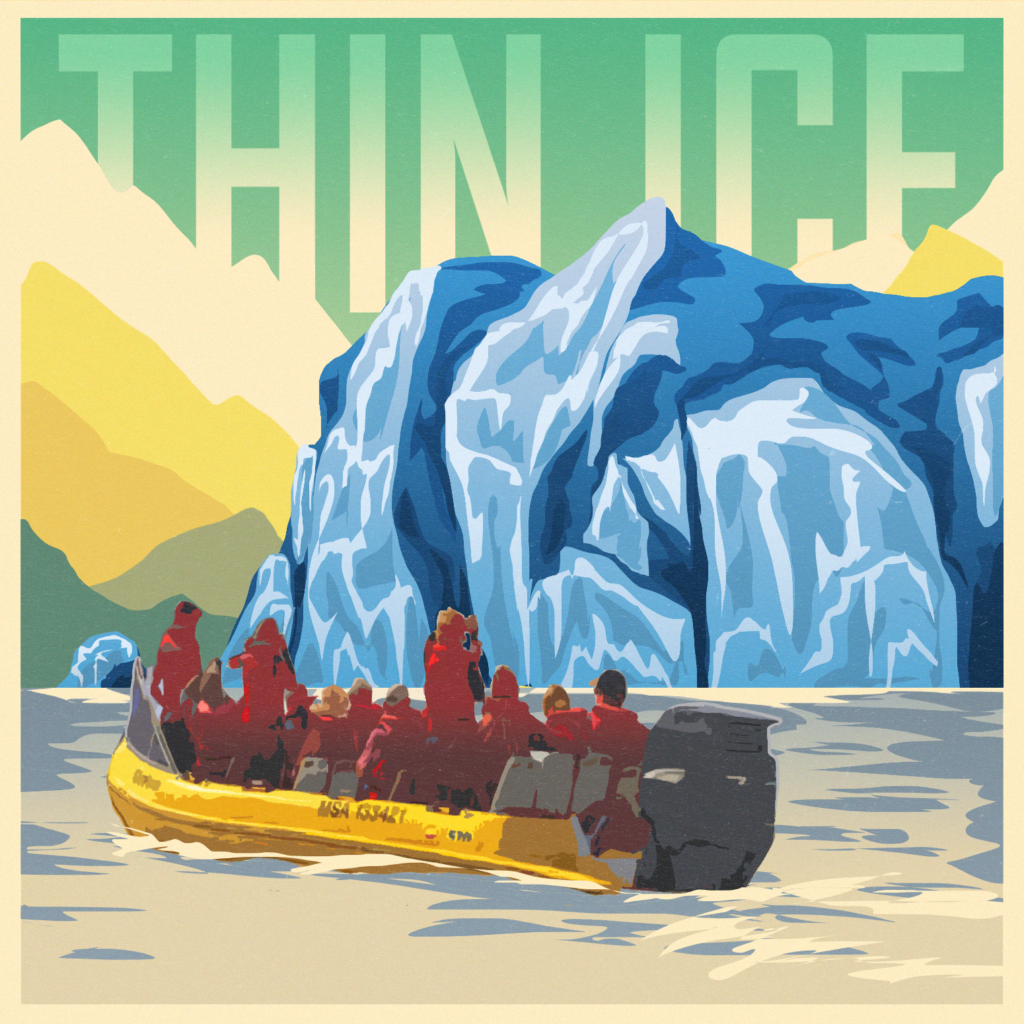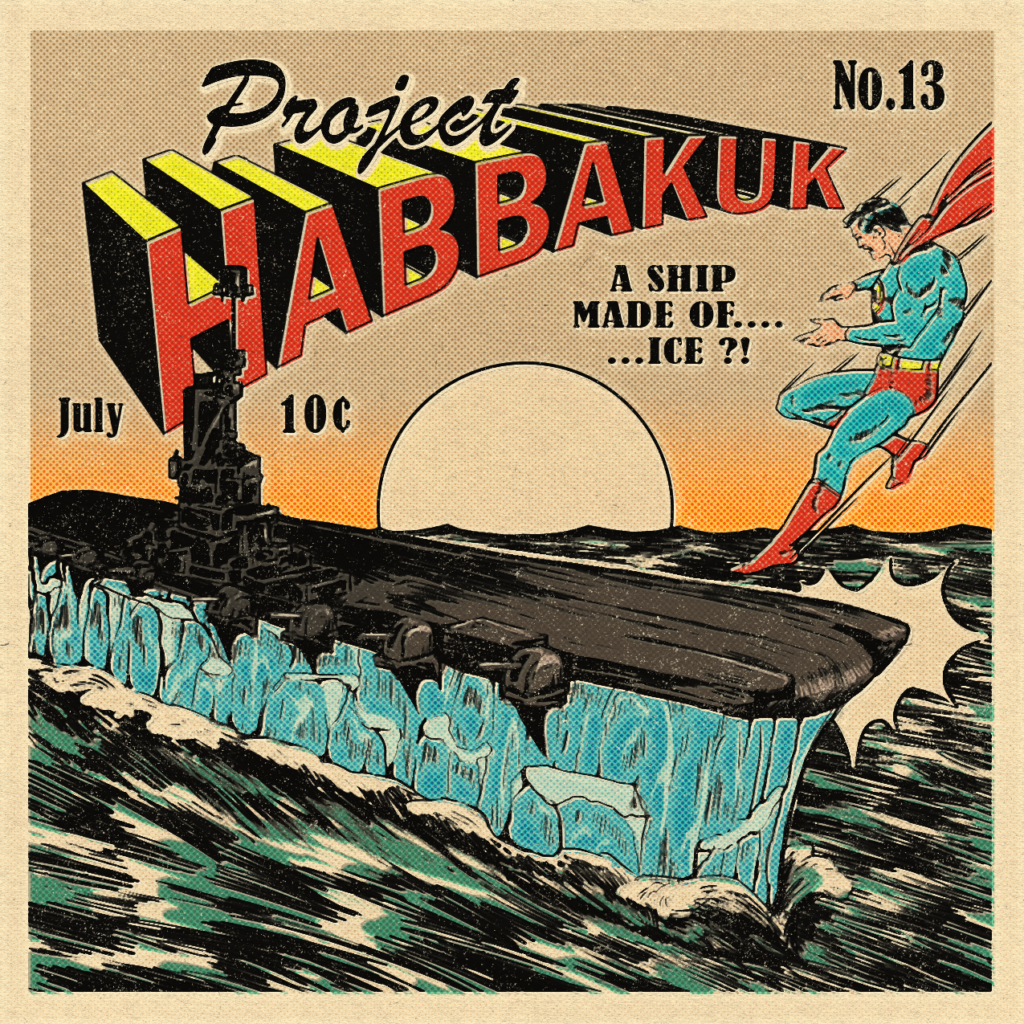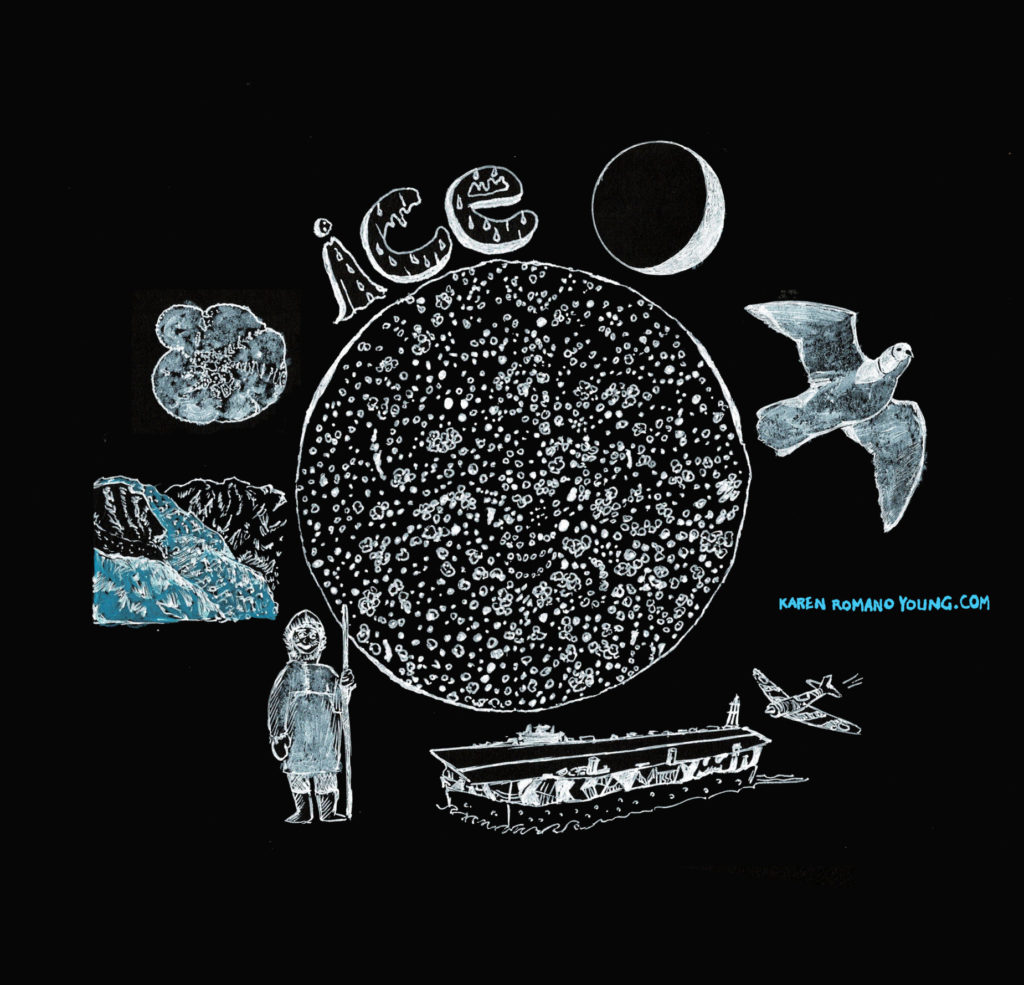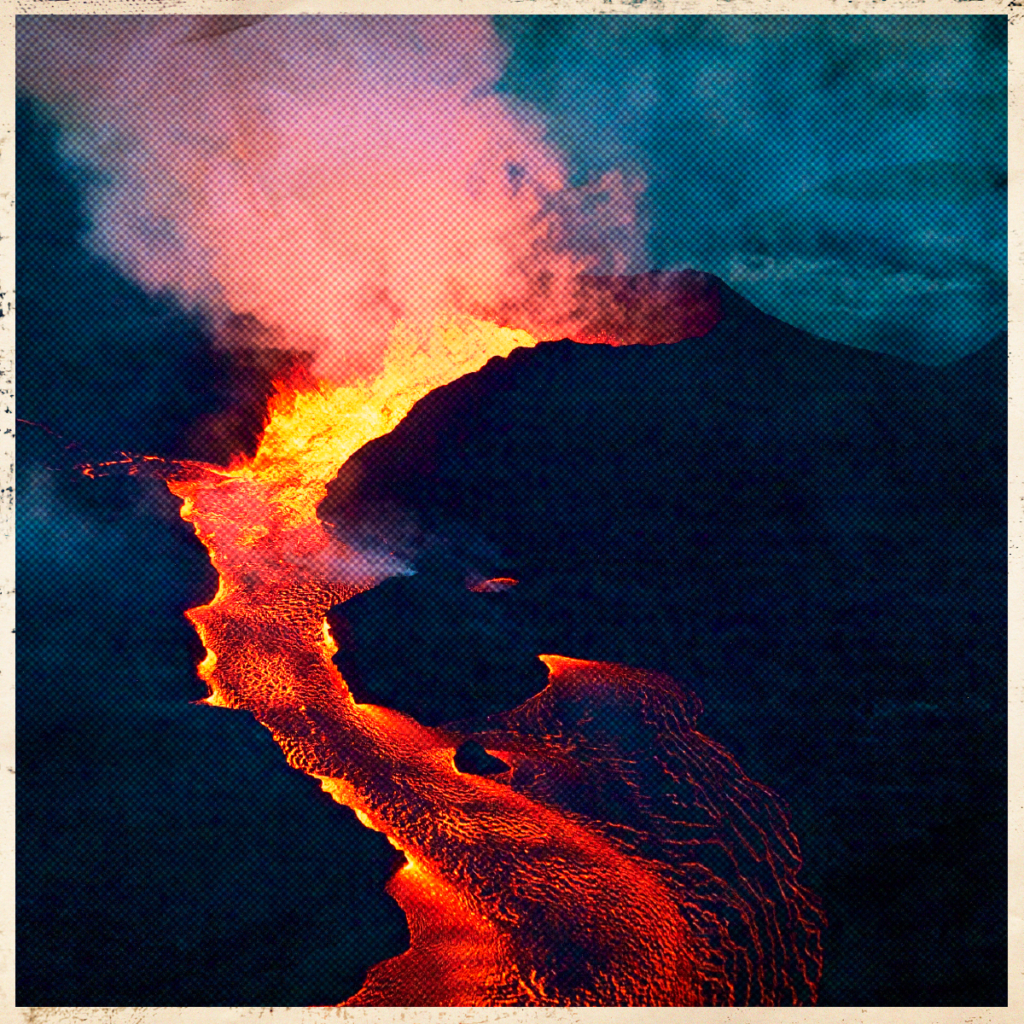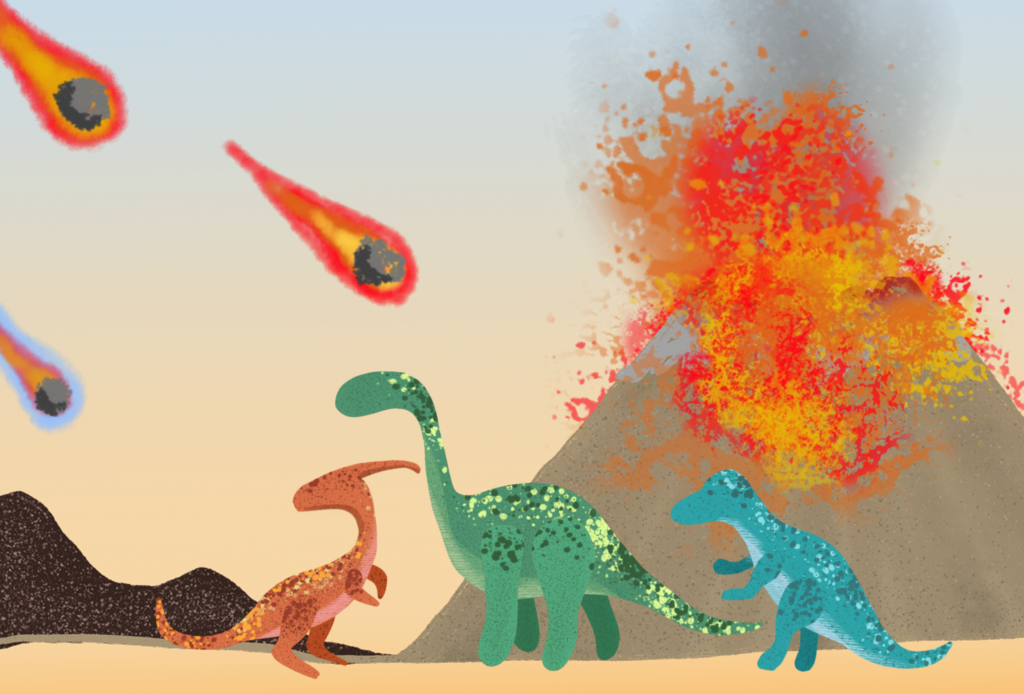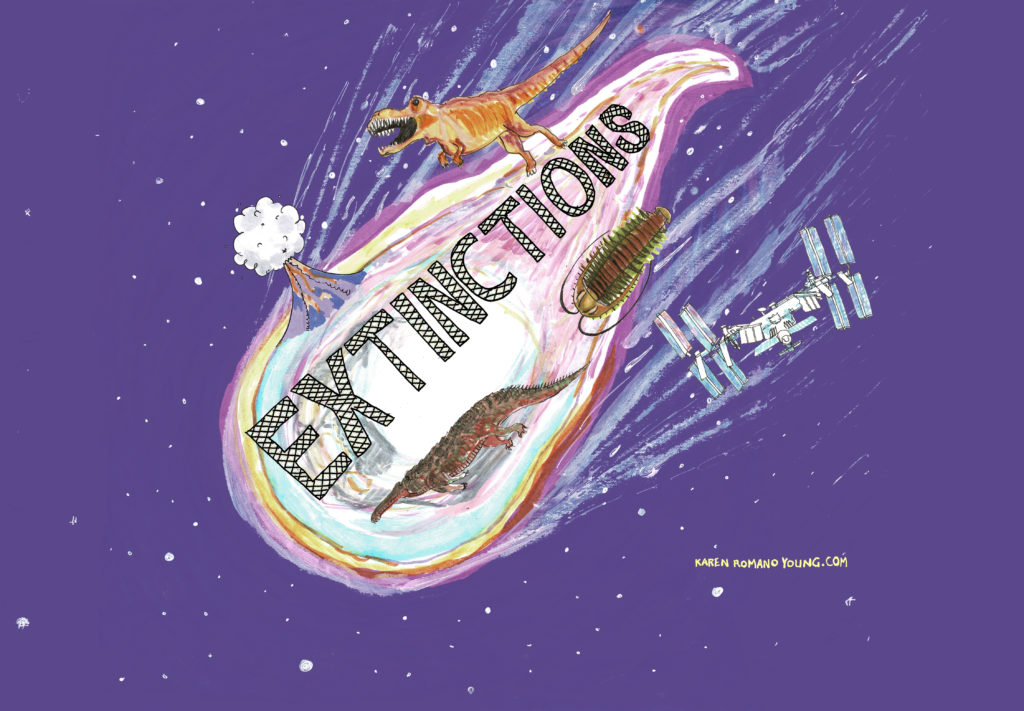Climate Change
18.5-The (not so) secret histories of scientists
Science is all about experimentation, discover, and sharing those results. But what happens behind the scenes? What stories do scientists have to tell that don’t make it in the manuscript or the classroom lecture?
Read More18-Ice: Ancient knowledge for modern tech
To the untrained eye, Arctic ice appears unchanging, but conditions can shift quickly, and often reveal life-threatening hazards when they do. It is an unforgiving environment, but the Inuit know how to navigate it. That knowledge has been passed down through generations, and a new app is giving centuries-old Inuit knowledge a very modern form.
Read More16-Ice: Shells of an ice-less past
Brian Huber is a climate detective at the Smithsonian who grew up collecting arrowheads in the woods of Ohio, but now collects and studies fossils from sediment cores. Brian uses fossils of tiny organisms − foraminifera − to track climate over millions of years, including the Cretaceous Hot Greenhouse climate.
Read More15-Ice: Birds foretelling climate change
Anant Pande is an Indian polar researcher who studies snow petrels – shy pelagic (sea-faring) birds who nest on rock crevices in Antarctica. These endemic birds prefer to nest near less icy waters. Climate change has melted polar oceans and perhaps made it less energy intensive — as they have to fly shorter distances to find non-frozen oceans.
Read More14-Ice: Glacier tourism on thin ice
Glaciers around the world are melting because of climate change. Yet, while glaciers might be smaller than they once were, that’s not stopping tourists from flocking to see them.
Read More13-Ice: The ice ships of Project Habbakuk
Dive down into the freezing depths of Patricia Lake, in Alberta’s Jasper National Park, and you will find the wreck of the Habbakuk—a sixty-foot model battleship originally constructed of wood and ice.
Read More12.5-A podcast of ice and fire
Cool off from the summer heat with our next six-part miniseries all about ice – from those who call it home to its use as a tool in science.
Read More9-Extinctions: Not your science fair volcano
For many of us, the word “extinctions” conjures up images of dinosaurs, asteroids, and (maybe?) volcanos. And while that last point did likely play a role in the demise of the dinosaurs, volcanos in their own right can go extinct. In this episode, we chatted with volcanologist Janine Krippner, Honorary Research Associate at the University of…
Read More7-Extinctions: Dinosaurs, a Big Rock, and…Climate Change?
When you hear the word “extinction,” chances are you probably think of the extinction of the dinosaurs and a big rock. But did you know that there were other factors at play that lead to that extinction including volcanos and sea-level rise?
Read More6.5-Extinctions: Dinosaurs, volcanoes, the space station, oh my!
Join us for our next six-part miniseries on Extinctions as we learn about the demise of the dinosaurs, what makes a comet “extinct,” the Cambrian and Triassic periods, volcanoes, and the aforementioned (planned) fiery end of the International Space Station!
Read More

